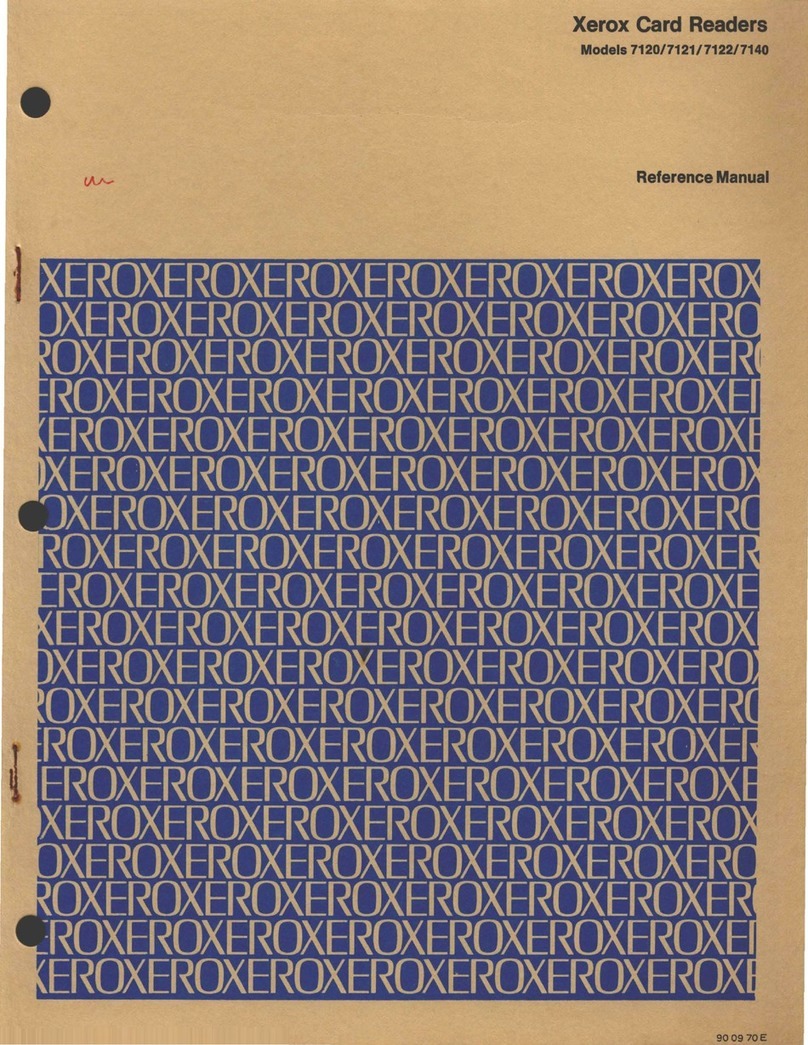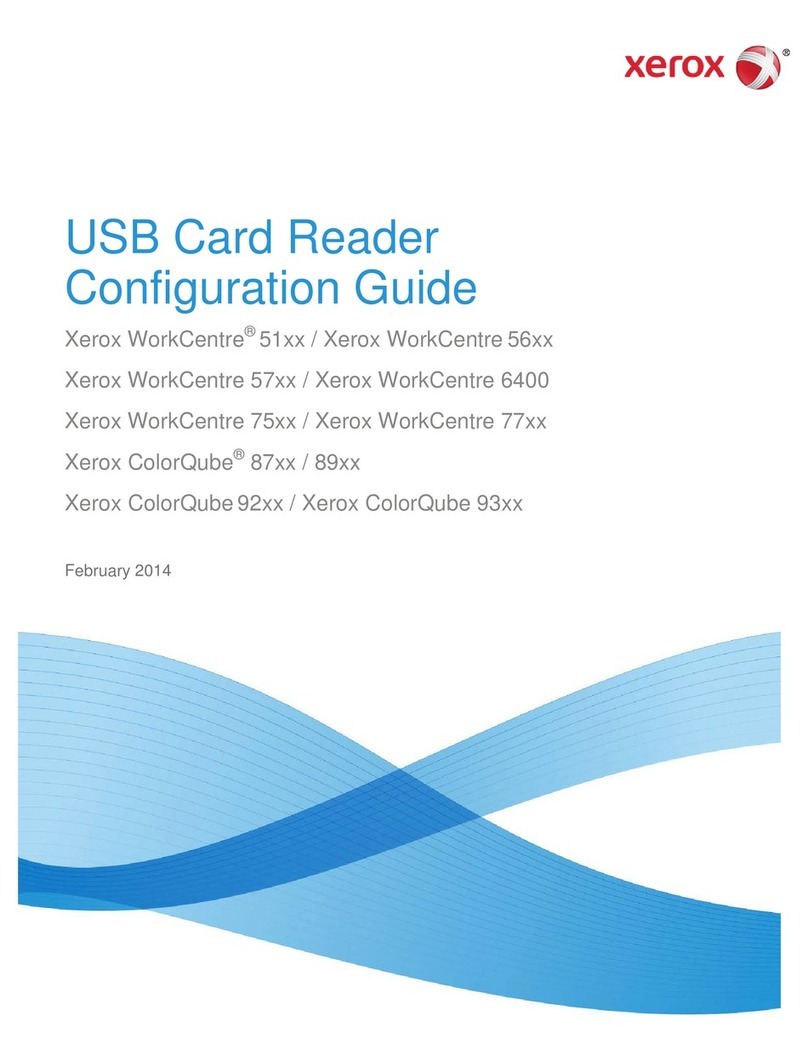ii
REVISION
This publication,
9009
70E,
is
a revision of
the
Xerox Sigma Card Readers Reference Manual,
9009
70D (dated
May, 1970). A change in text
from
that
in
the
previous manual
is
indicated by a vertical line in the margin of the
affected page.
RELATED
PUBLICATIONS
Title
Xerox 530 Computer/Reference Manual
Xerox Sigma 2 Computer/Reference Manual
Xerox Sigma 3 Computer/Reference Manual
Xerox Sigma 5 Computer/Reference Manual
Xerox Sigma 6 Computer/Reference
Manual.
Xerox Sigma 7 Computer/Reference Manual
Xerox Sigma 8 Computer/Reference Manual
Xerox Sigma 9 Computer/Reference Manual
Xerox Meta-Symbol/LN, 0
PS
Reference ManuaI
(S
igma
5-9)
Xerox Symbol/LN, OPS Reference Manual (Sigma 5-9)
Xerox Macro-Symbol/LN,OPS Reference Manual (Sigma
5-9)
Xerox Symbol/LN,OPS Reference Manual (Xerox 530 and Sigma
2/3)
Xerox Extended Symbol/LN,OPS Reference ManuaI (Xerox 530 and Sigma
2/3)
Publ
ication No.
90
1960
900964
90
1592
900959
901713
900950
90
1749
90
1733
900952
90
1790
90
1578
90
1051
901052
Manual Content Codes:
BP
-batch processing,
LN
-language, OPS -operations,
RBP
-remote batch processing,
RT
-
real-time,
SM
-system management,
TS
-time-sharing,
UT
-utilities.
ALL
SPECIFICATIONS SUBJECT
TO
CHANGE
WITHOUT
NOTICE
~"






























